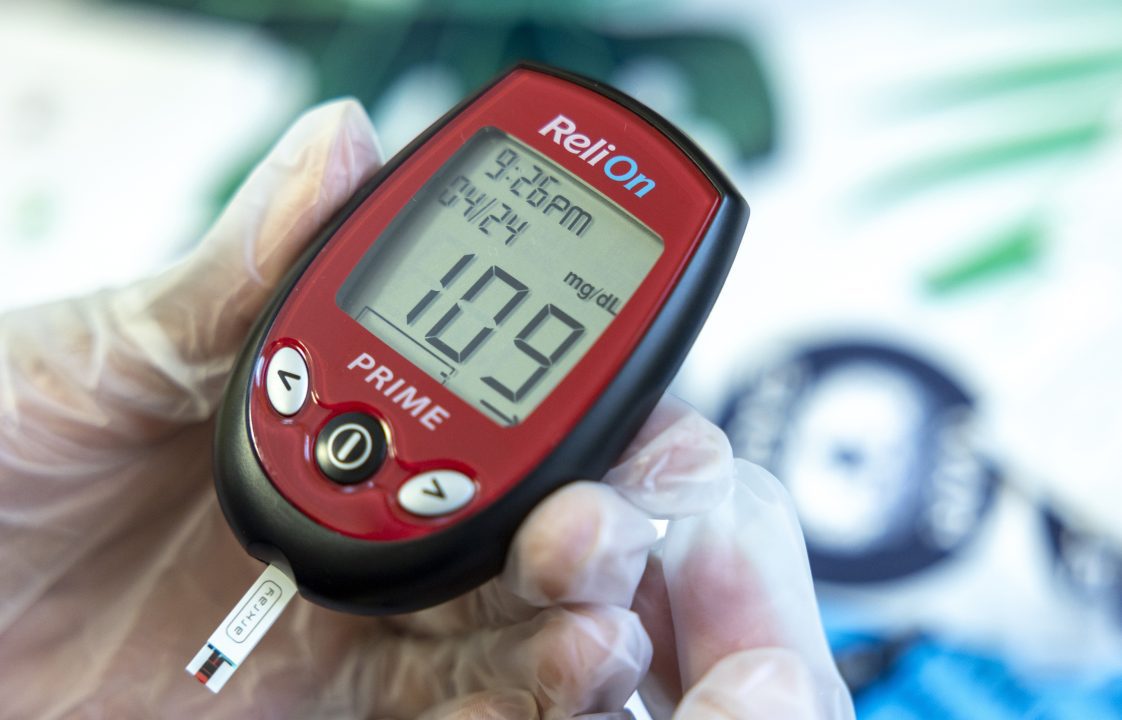Health

In Type 1 and type 2 diabetes, there is an insulin deficiency in the body. There can also be insulin resistance in type 2 diabetes, meaning the body does not use insulin like it is supposed to. When there is not enough insulin made—or what is made is not used correctly—this can cause health issues. Insulin allows glucose (sugar) to enter cells, like a key. Without this key, glucose stays in the bloodstream and raises blood sugar levels. This is known as hyperglycemia. When this happens, the body tries to correct blood sugar levels, and this can lead to what is referred to as the three Ps of diabetes: polyuria, polydipsia, and polyphagia.
The three Ps are the most common signs of diabetes. Polyuria means frequent urination, polydipsia means excessive thirst, and polyphagia means excessive hunger. When blood sugar levels are above normal (hyperglycemia), these these signs often occur together but not always.
Polyuria
Polyuria is a symptom where you have to urinate more often and in larger amounts than normal. This happens because the kidneys are trying to remove excess glucose from the body. To do this, the kidneys pull more water, along with the glucose, out of the blood. This leads to greater amounts of urine.
Everyone’s normal urine output is different, depending on how much fluid a person drinks, as well as their body weight, age, gender, etc. However, approximately 12 cups or more is usually seen as a high amount of urine for one day.
Polydipsia
If you have polydipsia, you will feel thirsty all the time. It can also mean that your thirst is stronger than normal and does not go away even after drinking fluids. This often occurs following polyuria, because the increased amount of urine leads to fluid loss. This causes dehydration and activates thirst. This increase in thirst and fluid intake is the body’s attempts to make up for the loss of fluids from increased urination. Polydipsia follows polyuria in a cycle if blood glucose levels remain high.
Polyphagia
If you have polyphagia, you will feel extremely hungry or have an increased appetite that does not go away after eating, even large amounts of food. Your body depends on glucose for its main source of energy. When there is not enough insulin, glucose cannot enter the cells in the body, so it cannot be used for energy. Therefore, the body sends hunger signals that trigger you to eat more, so the body can try to get more glucose. Polyphagia can happen after polyuria in attempts to help restore the body with glucose and fluids lost from increased urination.
Even though you might continue to eat the same or even more, you may have unexplained weight loss. This is because the body starts to use fat and muscle for energy since it cannot use glucose. As fat and muscle in the body start to decrease, so does a person’s weight. This unexplained weight loss is also a warning sign of diabetes.
An increase in appetite can also be caused by low blood sugar levels, known as hypoglycemia. This is because your body is trying to get more glucose to raise blood sugar levels back to normal.
See a Health Care Provider
The three Ps are important signs of diabetes to look for. These three signs can also be caused or affected by other medical conditions, medications, nutrition, lifestyle changes, etc. If you are experiencing any of these signs and/or weight loss—especially for a few days—and they cannot be explained, consult a health care provider. They can examine you and determine appropriate treatment options.

